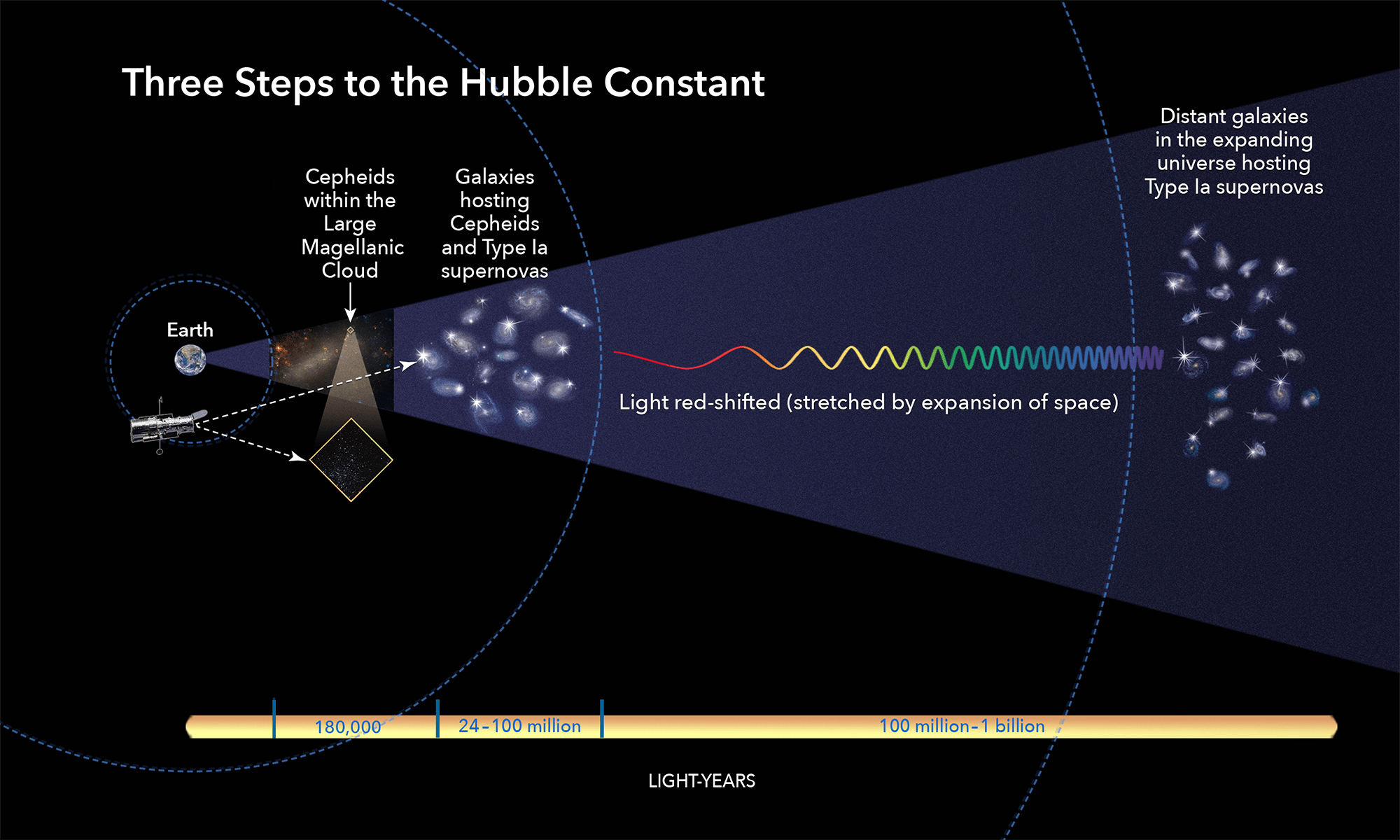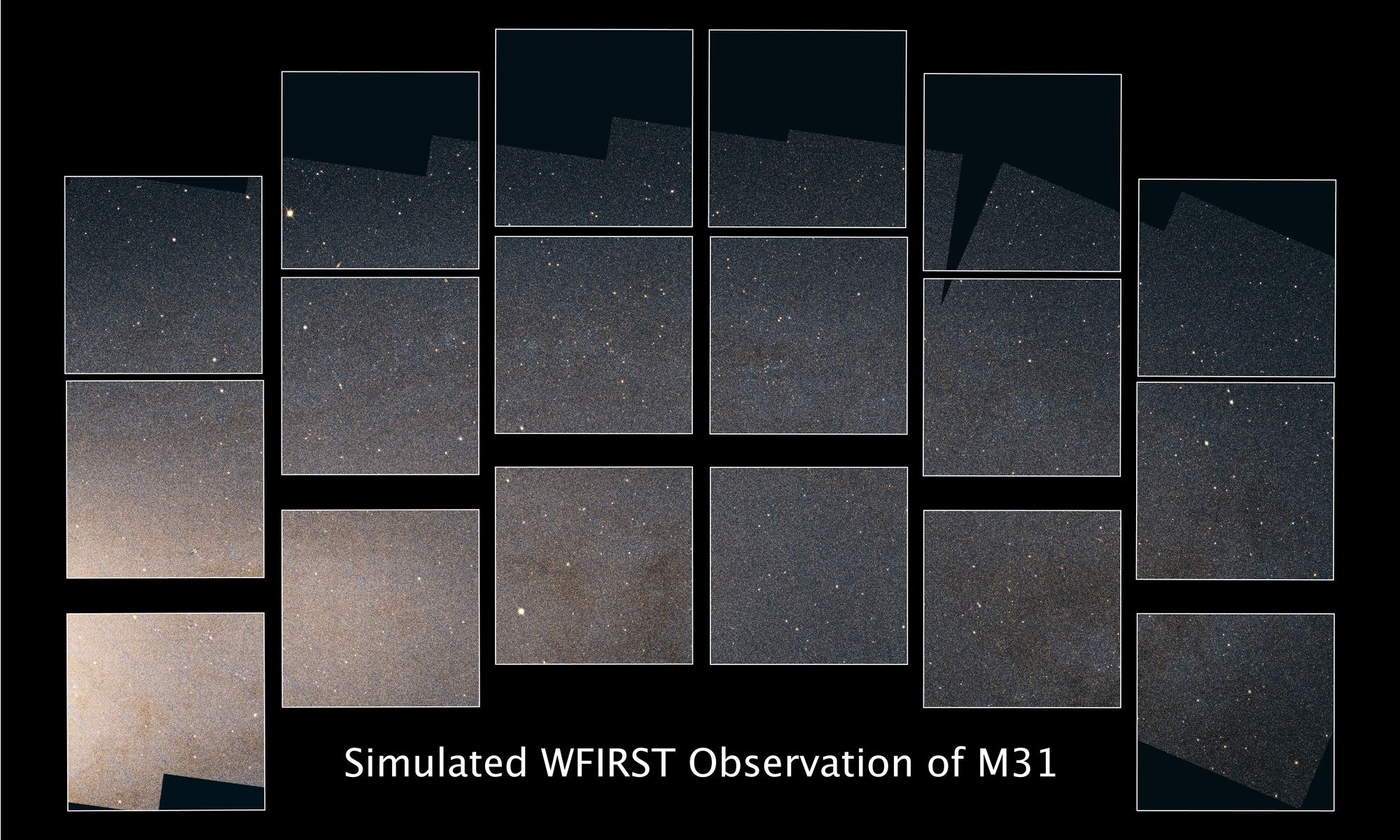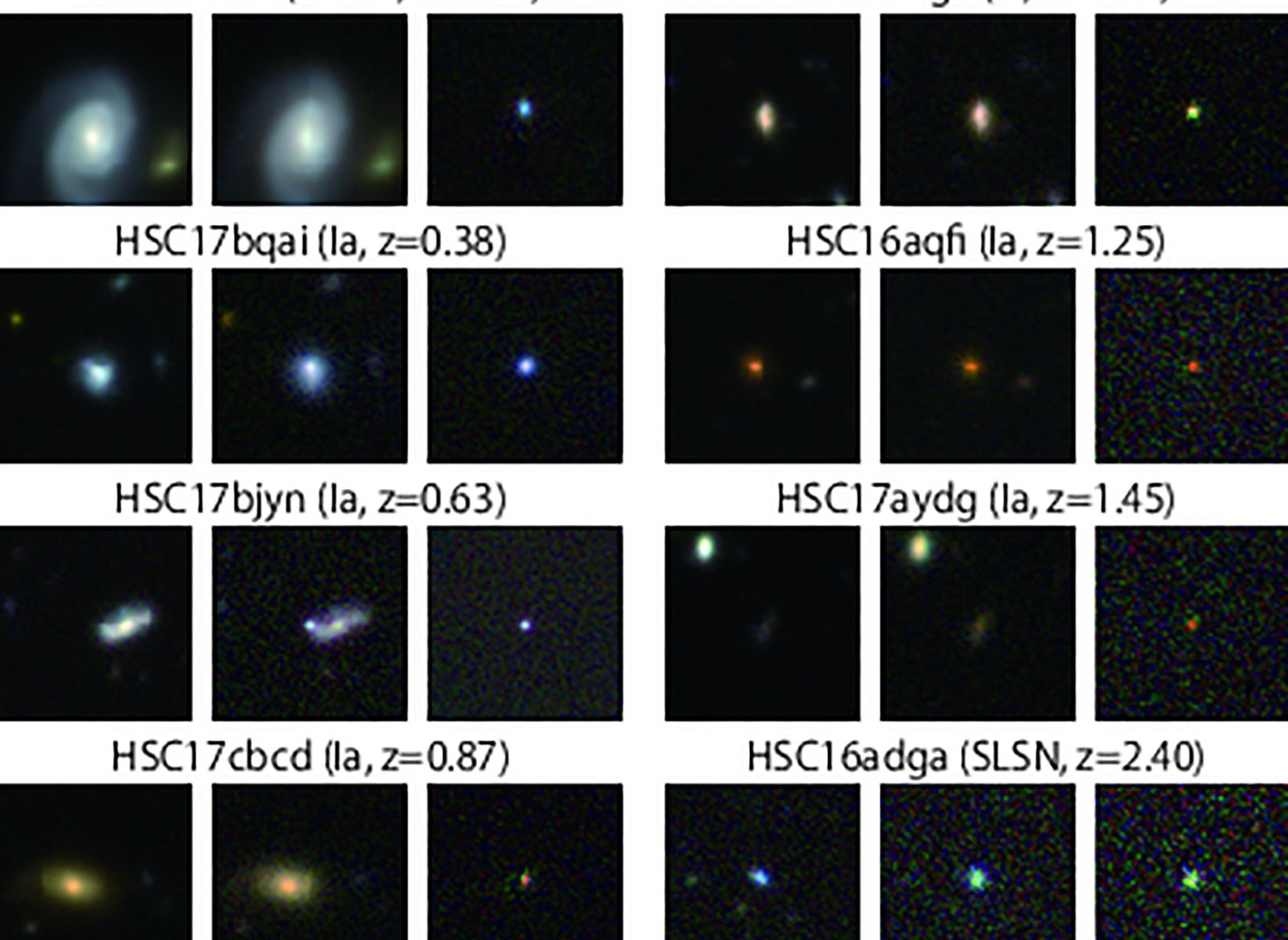When we look at the world around us, we see patterns. The Sun rises and sets. The seasons cycle through the year. The constellations drift across the night sky. As we’ve studied these patterns, we’ve developed scientific laws and theories that help us understand the cosmos. While our theories are powerful, they are still rooted in some fundamental assumptions. One of these is that the laws of physics are the same everywhere. This is known as cosmic isotropy, and it allows us to compare what we see in the lab with what we see light-years away.
Continue reading “New observations show that the Universe might not be expanding at the same rate in all directions”The Chemicals That Make Up Exploding Stars Could Help Explain Away Dark Energy

Astronomers have a dark energy problem. On the one hand, we’ve known for years that the universe is not just expanding, but accelerating. There seems to be a dark energy that drives cosmic expansion. On the other hand, when we measure cosmic expansion in different ways we get values that don’t quite agree. Some methods cluster around a higher value for dark energy, while other methods cluster around a lower one. On the gripping hand, something will need to give if we are to solve this mystery.
Continue reading “The Chemicals That Make Up Exploding Stars Could Help Explain Away Dark Energy”WFIRST Passes an Important Milestone, it’s Time to Begin Development and Testing
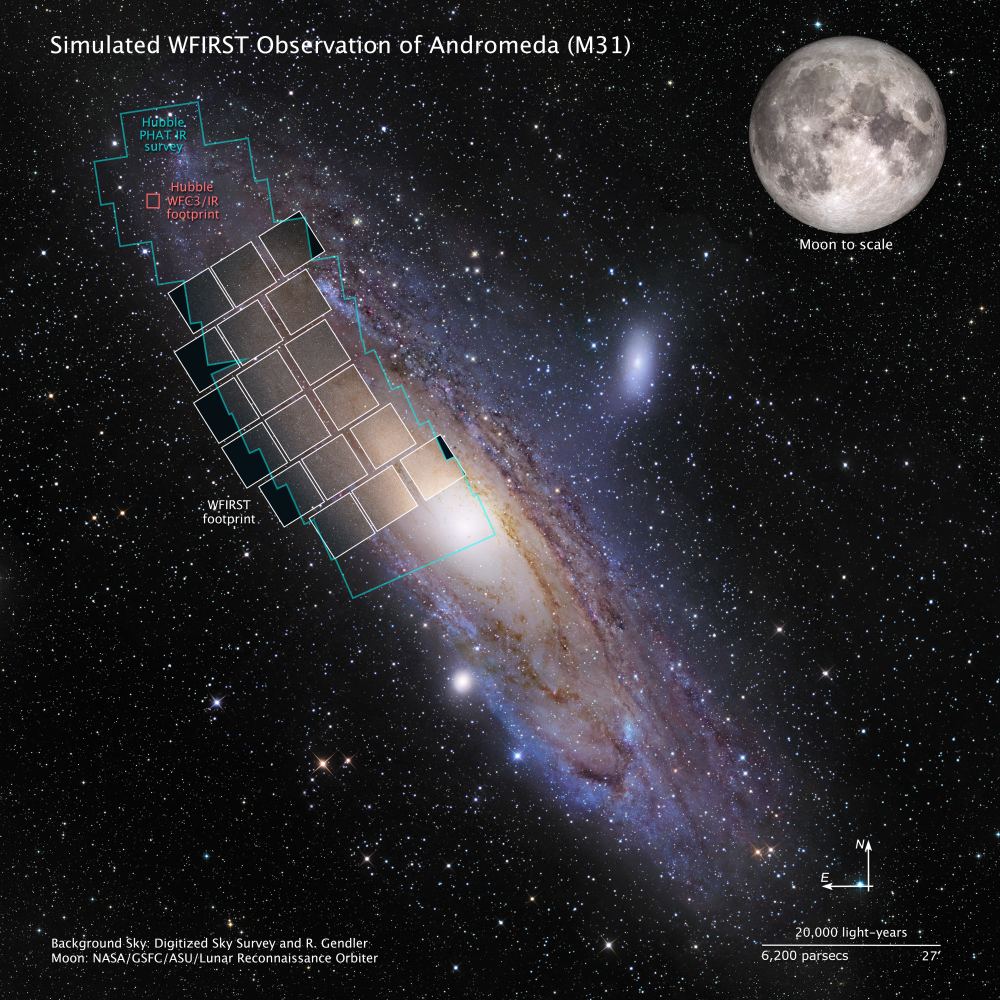
Soon, astronomers and astrophysicists will have more observing power than they know what to do with. Not only will the James Webb Space Telescope one day, sometime in the next couple years, we hope, if all goes well, and if the coronavirus doesn’t delay it again, launch and begin operations. But another powerful NASA space telescope called WFIRST has passed an important stage, and is one step closer to reality.
Continue reading “WFIRST Passes an Important Milestone, it’s Time to Begin Development and Testing”There’s a new method to measure the expansion rate of the Universe, but it doesn’t resolve the Crisis in Cosmology

In a recent post I wrote about a study that argued dark energy isn’t needed to explain the redshifts of distant supernovae. I also mentioned we shouldn’t rule out dark energy quite yet, because there are several independent measures of cosmic expansion that don’t require supernovae. Sure enough, a new study has measured cosmic expansion without all that mucking about with supernovae. The study confirms dark energy, but it also raises a few questions.
Continue reading “There’s a new method to measure the expansion rate of the Universe, but it doesn’t resolve the Crisis in Cosmology”This Simulation Shows what We’ll be Able to See with WFIRST
When it takes to space in 2025, the Wide-Field Infrared Survey Telescope (WFIRST) will be the most powerful observatory ever deployed, succeeding the venerable Hubble and Spitzer space telescopes. Relying on a unique combination of high resolution with a wide field of view, WFIRST will be able to capture the equivalent of 100 Hubble-quality images with a single shot and survey the night sky with 1,000 times the speed.
In preparation for this momentous event, astronomers at NASA’s Goddard Space Flight Center have been running simulations to demonstrate what the WFIRST will be able to see so they can plan their observations. To give viewers a preview of what this would look like, NASA’s Goddard Space Flight Center has shared a video that simulates the WFIRST conducting a survey of the neighboring Andromeda Galaxy (M31).
Continue reading “This Simulation Shows what We’ll be Able to See with WFIRST”New Research Casts A Shadow On The Existence Of Dark Energy
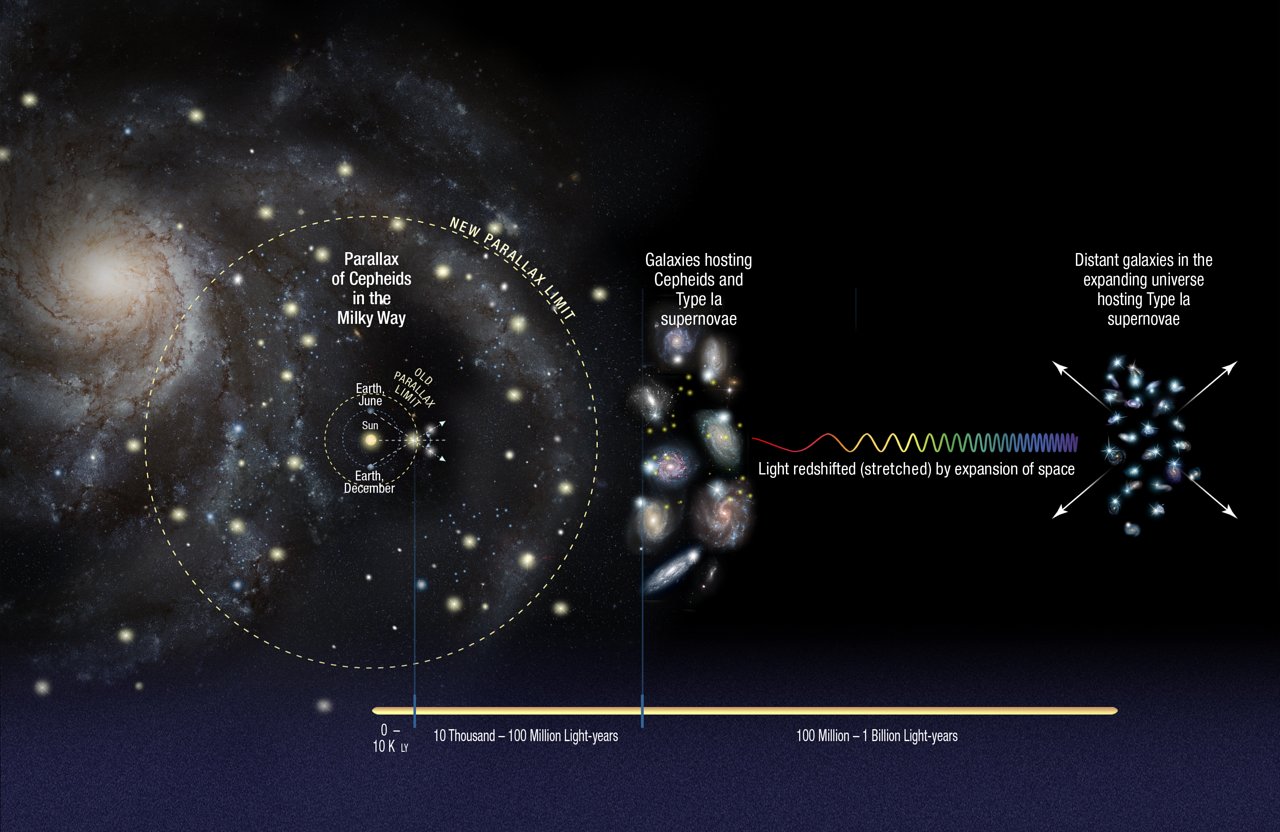
The universe is expanding. When we look in all directions, we see distant galaxies speeding away from us, their light redshifted due to cosmic expansion. This has been known since 1929 when Edwin Hubble calcuated the relation between a galaxy’s distance and its redshift. Then in the late 1990s, two studies of distant supernovae found that the expansion of the universe is accelerating. Something, some dark energy, must be driving cosmic expansion.
Continue reading “New Research Casts A Shadow On The Existence Of Dark Energy”A Fifth Fundamental Force Could Really Exist, But We Haven’t Found It Yet
The universe is governed by four fundamental forces: gravity, electromagnetism, and the strong and weak nuclear forces. These forces drive the motion and behavior of everything we see around us. At least that’s what we think. But over the past several years there’s been increasing evidence of a fifth fundamental force. New research hasn’t discovered this fifth force, but it does show that we still don’t fully understand these cosmic forces.
Continue reading “A Fifth Fundamental Force Could Really Exist, But We Haven’t Found It Yet”New Telescope Instrument Will Watch the Sky with 5,000 Eyes

Dark Energy is the mysterious force driving the expansion of the Universe. We don’t know what dark energy is, even though it makes up about 68% of the Universe. And the expansion is accelerating, which only adds to the mystery.
A new instrument called the Dark Energy Spectroscopic Instrument (DESI) will study dark energy. It’s doing so with 5,000 new robotic “eyes.”
Continue reading “New Telescope Instrument Will Watch the Sky with 5,000 Eyes”Subaru Telescope Sees 1800 Supernovae
Japanese astronomers have captured images of an astonishing 1800 supernovae. 58 of these supernovae are the scientifically-important Type 1a supernovae located 8 billion light years away. Type 1a supernovae are known as ‘standard candles’ in astronomy.
Continue reading “Subaru Telescope Sees 1800 Supernovae”Uh oh, a Recent Study Suggests that Dark Energy’s Strength is Increasing
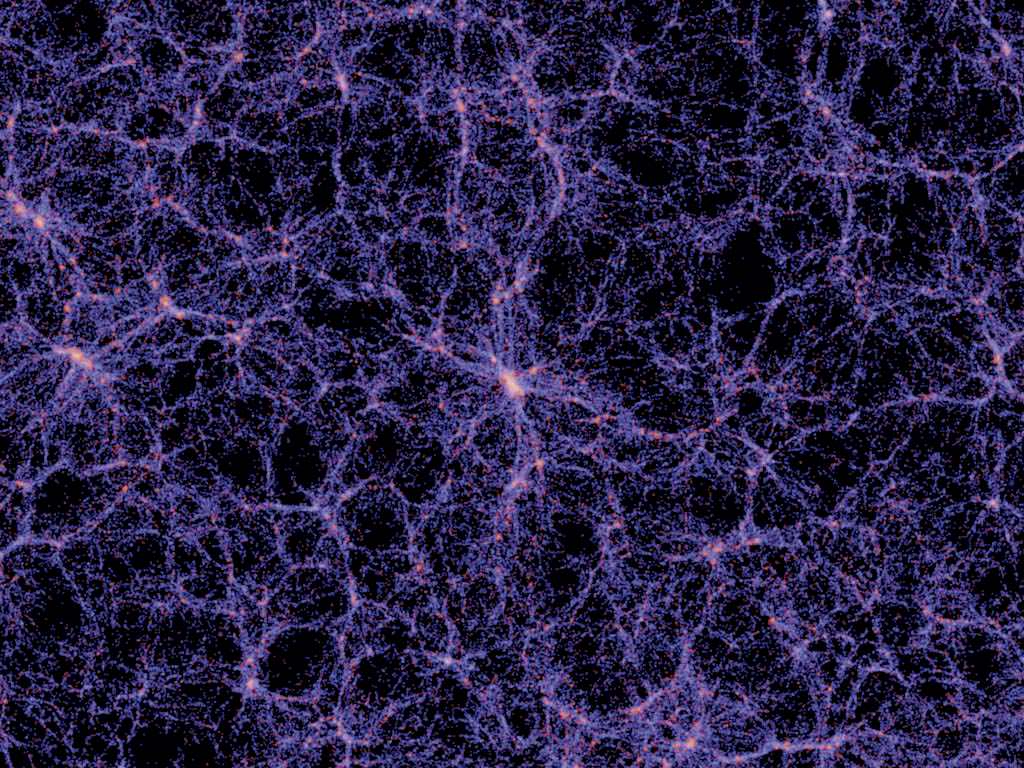
Staring into the Darkness
The expansion of our universe is accelerating. Every single day, the distances between galaxies grows ever greater. And what’s more, that expansion rate is getting faster and faster – that’s what it means to live in a universe with accelerated expansion. This strange phenomenon is called dark energy, and was first spotted in surveys of distant supernova explosions about twenty years ago. Since then, multiple independent lines of evidence have all come to the same morose conclusion: the universe is getting fatter and fatter faster and faster.
Continue reading “Uh oh, a Recent Study Suggests that Dark Energy’s Strength is Increasing”
